Apple’s inductive charging patent application finally puts its earbuds to good use and it’s a big monolith you wrap an audio cord around several times, effectively turning the cable into an inductive receiving coil. Apple suggests that by twisting your headphones around a specially designed tower and the technology seems to be heading in the right direction………………..
The US Patent & Trademark Office published a patent application from Apple that reveals two specific concepts of an Inductive Charging System for use with iOS devices. The first concept involves an oddly designed charging tower. Apple envisions a user wrapping their earphone cables around this charging tower and placing a new conductive metal mesh earphone on the media device to begin the charging process. The second system, which seems to be a little more practical, involves an acoustic charging mechanism which wouldn’t require a charging tower. Instead of creating separate inductive chargers for various media players and tablets as others have done, Apple is trying to create a single inductive charger that would fit the needs of multiple devices. Inductive charging techniques, which operate without requiring direct conductive connections, have been developed for certain applications, such as electric toothbrushes, where the proximity to water makes a conductive connection impractical. An electric toothbrush could be recharged using a relatively small inductive receiving coil because it is typically placed in a charging stand for a long period of time and is only used for a short period of time.
However, to inductively charge other types of electronic devices, such as portable media players or cell phones, at an acceptable rate, a significantly larger receiving coil is required. Providing this larger receiving coil involves either incorporating the larger receiving coil into the portable electronic device, which increases the size of the portable electronic device, or alternatively incorporating the larger receiving coil into a bulky attachment to the portable electronic device. Apple‘s invention relates to a technique for inductively charging an electronic device which involves winding an audio cable for the electronic device around a charging mechanism multiple times so that one or more conductors in the audio cable form an inductive receiving coil. Next, a magnetic field is created through the charging mechanism to induce a current in the inductive receiving coil. Finally, the induced current in the inductive receiving coil is used to charge a rechargeable battery for the electronic device. In some embodiments, after winding the audio cable around the charging mechanism, the technique further involves electrically coupling a first contact, which is coupled to the one or more conductors in the audio cable, to a second contact associated with the electronic device to complete a circuit between the inductive receiving coil and the electronic device. In some embodiments, the first contact is located on a first earphone (e.g., an earbud) which is attached to the audio cable. In a further variation, the first contact is conductive metal mesh screen that also protects a driver for the first earphone.
In some embodiments, the second contact is located on a second earphone which is also attached to the audio cable. In a further variation, electrically coupling the first and second contacts involves electrically coupling the first and second contacts through an intervening conductor, wherein the intervening conductor is located in a housing which is configured to hold the first and second earphones. In some embodiments, the one or more conductors within the audio cable include multiple conductors which are coupled in series to form a single receiving coil having more windings than an audio cable with only a single conductor. In some embodiments, the audio cable comprises: a headphone cable; an earphone cable; or a microphone cable. Apple‘s inductive charging technique involves wrapping an iOS device’s audio cable around a charging tower. In an alternative embodiment, instead of completing the inductive receiving coil by coupling a contact on one earphone to an associated contact located on media player, the inductive receiving coil is completed by coupling together two contacts located on the earphones. In this case, each earphone has a contact which is coupled to a different set of conductors in the audio cable, and the act of coupling the contacts together completes the inductive receiving coil.
The transmitting coil is wrapped around a ferromagnetic core, which runs the length of charging tower. A time-varying current flowing through transmitting coil creates a varying magnetic flux in the ferromagnetic core which creates a time-varying magnetic field through a receiving coil that is wrapped around the charging tower. This time-varying magnetic field induces a time-varying current in the receiving coil. Next, the time-varying current in the receiving coil is used to charge the associated electronic device. Note that using the ferromagnetic core improves the magnetic flux and hence improves the charging efficiency. However, the magnetic flux could also propagate through air, which means that the system could also work without a ferromagnetic core. This type of electrical contact (through the earphone mesh) could also be used to receive current for a conventional non-inductive charging system. This eliminates the need to provide a separate interface to receive the charging current in a conventional charging system. In one variation, this conductive metal mesh screen includes a number of separate conductive regions which function as independent contacts. In this way, the metal mesh screen could provide multiple contacts instead of a single contact. These separate conductive regions could be created by fabricating the mesh using alternating regions of conductive metal wires and non-conductive plastic wires.
[ttjad keyword=”iphone”]

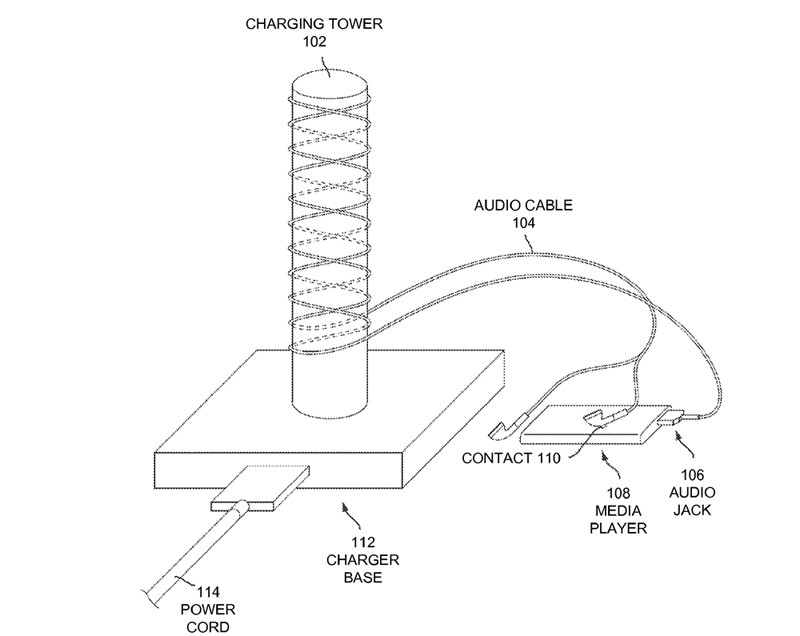
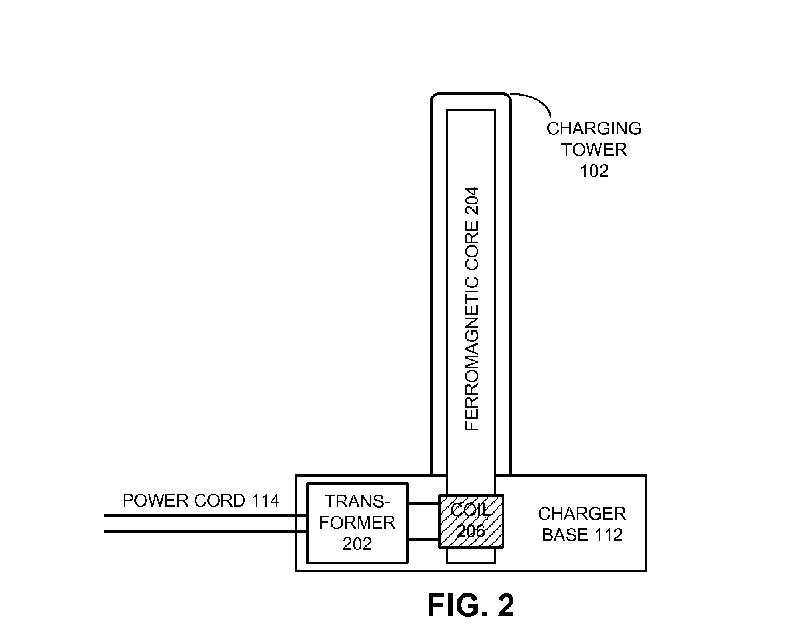
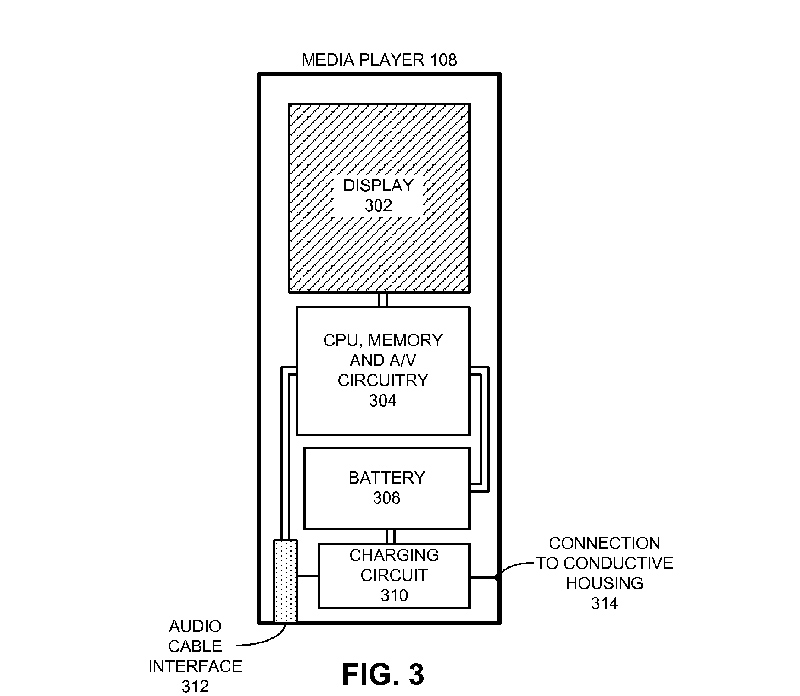
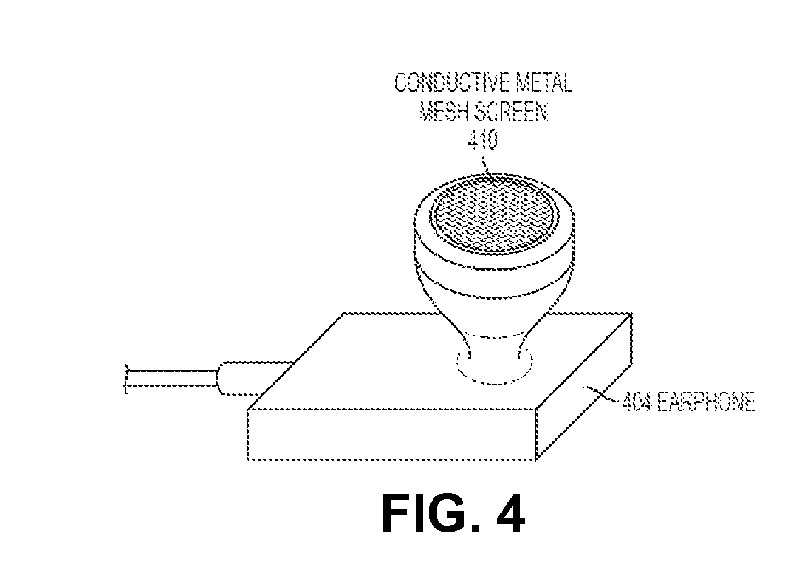
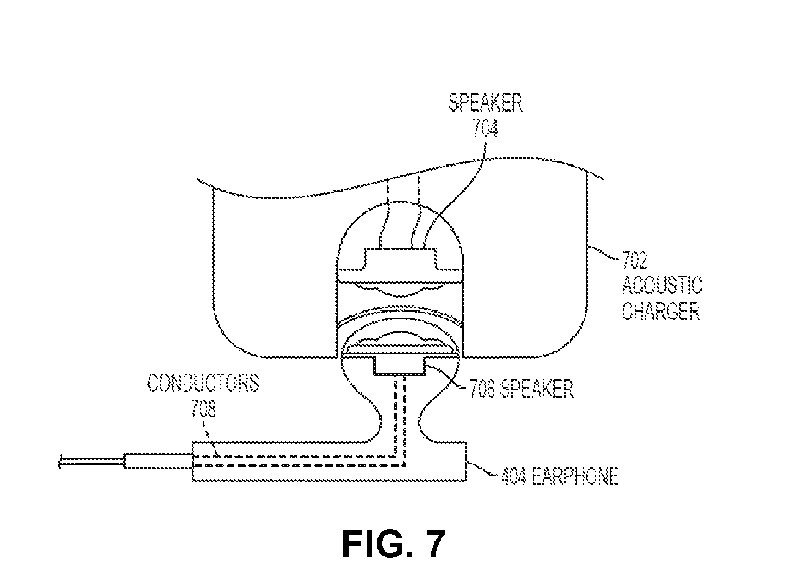
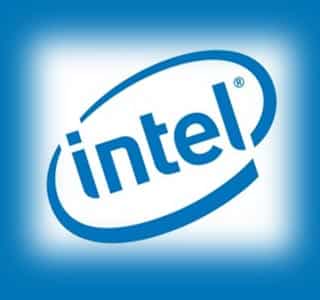
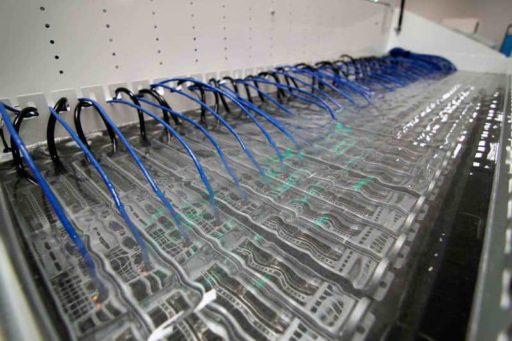
Are you kidding me?